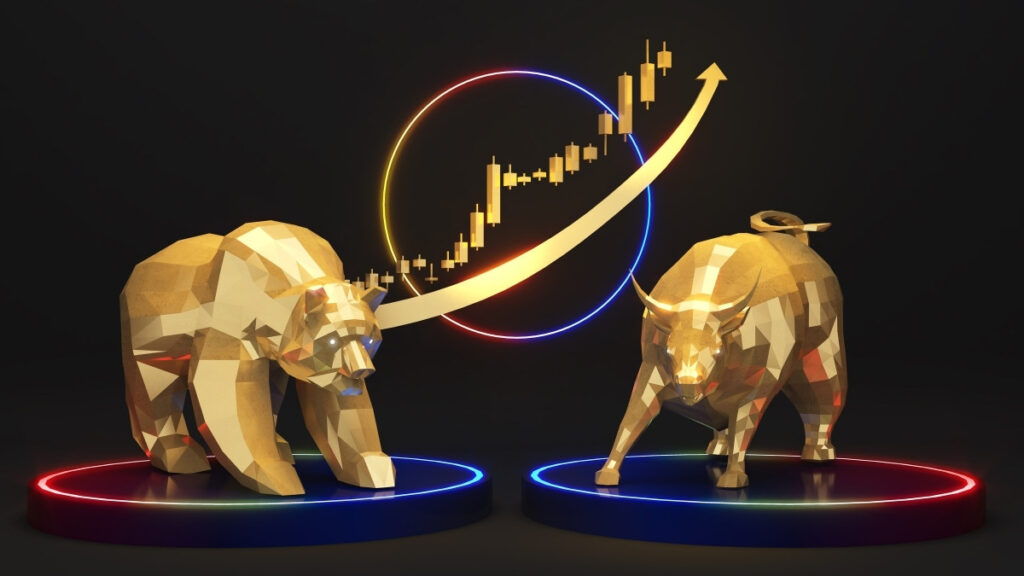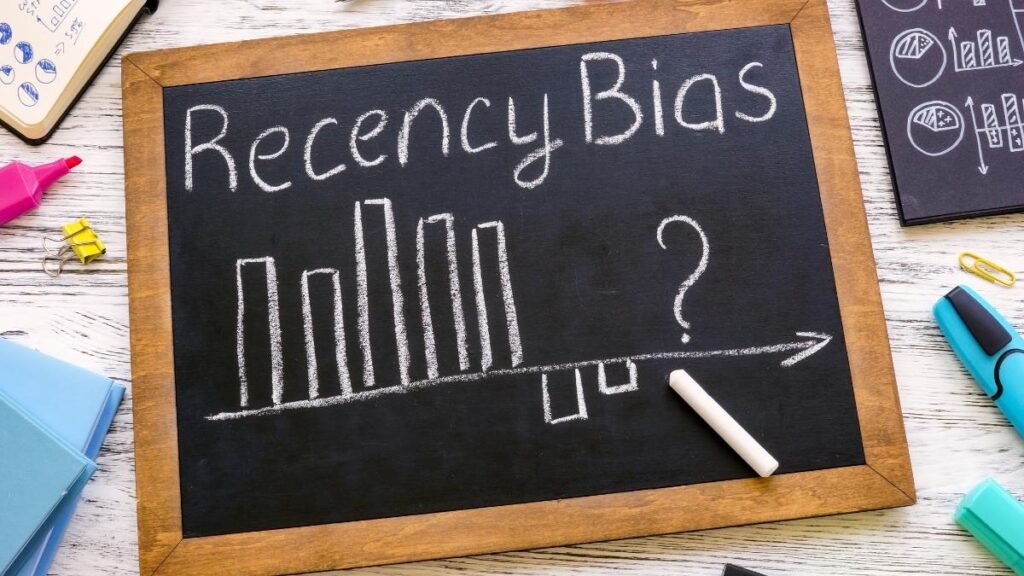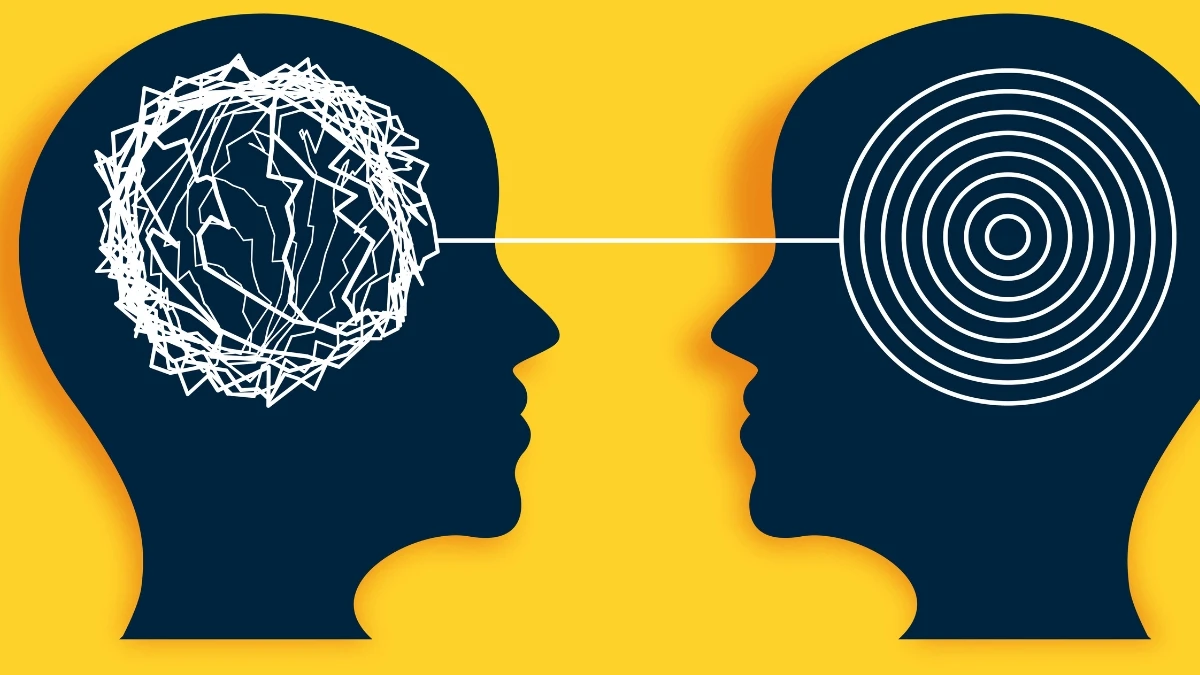In the world of investing, the numbers that define success or failure are often stark and unforgiving. For the calendar year 2024, the S&P 500 delivered a formidable return of 25.02%, a figure that should have significantly bolstered investor portfolios.
Yet, according to the landmark “Quantitative Analysis of Investor Behavior” (QAIB) report from DALBAR, the average equity investor captured only 16.54% of that gain.
This chasm—an 848-basis-point “behavior gap”—represents the second-largest investor performance deficit in the past decade and is the quantifiable, multi-billion-dollar cost of emotional decision-making and predictable psychological errors.
The High Cost of Behavior!
Why the Average Investor Underperforms the Market
Behavior Gap (Lost Return)
Source: DALBAR, Inc. “Quantitative Analysis of Investor Behavior,” 2025. Data reflects annualized returns for periods ending December 31, 2024.
Setting the Stage: The Paradoxical Market of 2025
The investment environment of 2025 is a study in contradiction. On the surface, a current of optimism flows, a carryover from the strong market performance of the preceding years.
Beneath this surface, however, lie deep-seated anxieties about inflation, economic stability, and the sustainability of the current rally. This paradox creates a treacherous psychological landscape for investors.

The optimism is palpable in investor surveys. Vanguard’s Investor Pulse survey, conducted at the close of 2024, found investors entering 2025 expecting a 6.4% market return for the year, with long-term 10-year expectations remaining high at an average of 7.6% annually.
This bullishness is partly fueled by a structural shift in market participation. Retail investing flows have surged to levels that rival the peak of the pandemic-era savings boom, driven by a new generation of market entrants.
Yet, this confidence is brittle. The 2025 Natixis Global Survey of Individual Investors reveals a darker undercurrent of fear.
Inflation remains the top investment concern for 50% of investors, while a significant 41% are worried about a potential market crash and 43% fear a broader economic collapse.
Thesis: The Five Biases Magnified by the Current Climate

The paradoxical environment of 2025—high optimism clashing with deep-seated fear, all centered around a transformative but potentially overhyped technology—creates a perfect storm that magnifies the destructive power of five specific behavioral biases.
These biases are the primary drivers of the costly “behavior gap” and will continue to be the costliest errors for investors through 2026.
The Anatomy of Underperformance: The Five Costliest Biases
The financial cost of herding is severe. It leads investors to buy assets based on hype rather than disciplined analysis, often at or near market peaks.
This behavior creates dangerously concentrated portfolios, overexposed to a single, highly correlated narrative.
When that narrative inevitably shifts or falters, the herd that rushed in together will stampede for the exit in unison, causing catastrophic losses for those who arrived late to the party.
Herd Mentality: Chasing the AI Gold Rush

Herd mentality, or herding, is the innate human tendency to follow and copy the actions of a larger group, driven by a fear of missing out (FOMO) and the psychological comfort of social validation.
In investing, it is the impulse to buy an asset simply because everyone else is, often with little regard for its underlying value.
As the legendary investor Warren Buffett observed, “Most people get interested in stocks when everyone else is. The time to get interested is when no one else is. You can’t buy what is popular and do well”.
In 2025 and 2026, the primary manifestation of this bias is the speculative fervor surrounding Artificial Intelligence stocks. The “AI Gold Rush” has all the classic hallmarks of a herd-driven mania.
The widespread warnings of an “AI equity bubble” from a majority of fund managers and global financial institutions are a clear sign that prices have become detached from fundamentals.
Overconfidence: The Perils of a Bull Market Genius

Overconfidence bias is the tendency for individuals to overestimate their own knowledge, abilities, and the accuracy of their forecasts, which often leads to a dangerous underestimation of risk. This bias is particularly potent after periods of success; a rising market can make anyone feel like an investing genius.
The strong market returns of recent years have created a fertile breeding ground for overconfidence.
This is especially acute among the massive wave of younger, less experienced investors who have entered the market since 2020 and have known little else but a generally upward-trending environment.
The gamified interfaces and easy access to complex financial products on apps popular in the US and abroad can create a powerful illusion of control and expertise, tempting users into the kind of excessive trading that research has repeatedly shown leads to lower net returns.
The financial cost of overconfidence is a direct contributor to the DALBAR behavior gap. It manifests as hyperactive trading, which erodes returns through transaction costs and taxes.
It leads to a lack of diversification, as the overconfident investor believes they can pick the few “winners” and ignore the rest. And it results in taking on excessive and often misunderstood risk, such as using leverage or concentrating capital in highly speculative small-cap stocks with unproven business models.
Recency Bias: Extrapolating the Unstoppable Rally

Recency bias is a cognitive shortcut in which individuals give excessive weight to recent events and trends, projecting them indefinitely into the future while discounting or ignoring long-term historical data. If the market has gone up for three years, the investor suffering from recency bias will assume it is likely to go up again next year.
This bias is clearly visible in the profound mismatch between the expectations of retail investors and the forecasts of market professionals in 2025.
Conditioned by several years of strong market performance, individual investors are forecasting high single-digit returns for the coming year and have set their long-term return expectations at a historically ambitious 10.7% above inflation.
In stark contrast, professional analysts at major institutions like Morgan Stanley and Vanguard are calling for more “muted gains” in 2025, pointing to significant headwinds such as “stretched U.S. equity valuations”.
Confirmation Bias: The Investor’s Echo Chamber

Confirmation bias is the pervasive human tendency to seek, interpret, favor, and recall information that confirms or supports one’s pre-existing beliefs or hypotheses, while actively avoiding, dismissing, or devaluing contradictory evidence.
It is the mind’s natural defense mechanism against cognitive dissonance; we prefer to be told we are right.
The financial cost of confirmation bias is the complete erosion of objective risk assessment. It causes investors to hold on to overvalued and increasingly risky assets for far too long, ignoring a crescendo of clear warning signs.
Because they have systematically filtered out all negative or contradictory information, they are left completely blindsided and emotionally devastated when the market finally turns against them.
Loss Aversion: The Twin Traps of Panic and Paralysis

First identified in the groundbreaking work of psychologists Daniel Kahneman and Amos Tversky, loss aversion is the principle that the psychological pain of experiencing a financial loss is roughly twice as powerful as the pleasure of an equivalent gain.
This intense, asymmetric emotional response makes investors behave irrationally when faced with the prospect of losing money, often leading to one of two destructive outcomes.
In a volatile market, loss aversion manifests in two distinct but equally damaging ways. The first is panic selling. The extreme price swings in asset classes popular with retail investors, such as cryptocurrencies, provide a clear and recurring example.
The second manifestation is paralysis, often called “get-even-itis.” This is the flip side of panic: the stubborn refusal to sell a losing investment in the hope that it will “get back to even.”
The act of selling crystallizes a paper loss into a real one, an act so psychologically painful that many investors will do anything to avoid it.
A Framework for Behavioral Alpha: Fortifying Your Portfolio Against Yourself
Overcoming deeply ingrained cognitive biases is not a matter of simply “trying to be more rational” or “controlling your emotions”—an impossible task for most humans in the heat of a market panic.
The key to mitigating their impact lies in recognizing their existence and building a robust external system that insulates the decision-making process from one’s inevitable emotional and cognitive flaws.
The goal is not to eliminate emotion but to create a framework where emotion does not dictate action. This is the path to generating “behavioral alpha”—the excess return generated by avoiding costly mistakes.
The Architect’s Approach: Building a Structured Investment Plan

The foundational defense against bias is to make critical decisions in a state of calm rationality, long before market turmoil and emotions take over. The most effective tool for this is a written Investment Policy Statement (IPS).
An IPS acts as a personal constitution for a portfolio, a binding document created during a period of clarity that governs actions during periods of chaos.
This document should explicitly define the investor’s long-term financial goals, time horizon, and, most importantly, their true tolerance for risk. It must outline a target asset allocation and establish clear, unambiguous rules for when and why assets will be bought or sold.
For example, it might state that the portfolio will be rebalanced back to its target allocation once a year or whenever an asset class deviates by more than 5%.
System Over Instinct: The Power of Automation and Rules
The most effective way to defeat emotional decision-making is to remove the decision point entirely. Implementing systematic, automated investment approaches can enforce discipline and counteract biases like recency bias and loss aversion.

Dollar-Cost Averaging: By investing a fixed amount of money at regular intervals (e.g., monthly or quarterly) regardless of market conditions, investors avoid the futile and often disastrous game of market timing.
This systematic approach ensures they buy more shares when prices are low and fewer when they are high, a disciplined strategy that counters the emotional impulse to buy high and sell low.
Automated Rebalancing: Many brokerage platforms and robo-advisors allow investors to set up automated rebalancing. This system will periodically sell assets that have performed well and grown beyond their target allocation and use the proceeds to buy assets that have underperformed.
This forces a disciplined “buy low, sell high” strategy, counteracting the herd instinct to chase winners.
Pre-Set Orders: Using trading tools like stop-loss and take-profit orders can be a powerful antidote to loss aversion.
A stop-loss order, placed at the time of purchase, pre-determines the maximum acceptable loss on a position. If the price falls to that level, the asset is sold automatically, preventing the emotional paralysis of “get-even-itis”.
Conversely, a take-profit order can help lock in gains and combat the greed that often prevents investors from selling near a peak.
The Modern Toolkit: Leveraging Technology for Rationality
While technology can amplify behavioral biases, it can also be a powerful tool for promoting rational decision-making. A new generation of financial technology offers investors the ability to analyze their portfolios with an objective, data-driven lens.

Portfolio Analyzers and Scenario Testers: Tools offered by major asset managers, such as BlackRock’s 360° Evaluator, allow investors to analyze their portfolios from multiple angles to uncover hidden risks, such as over-concentration in a single sector or factor.
Accompanying Scenario Testers can model how a portfolio might perform in various market shocks (e.g., a sharp rise in interest rates or a tech sector crash), providing a sobering, quantitative assessment of risk that can cut through emotional narratives.
Holistic Data Dashboards: All-in-one portfolio tracking platforms like Kubera provide a fact-based, consolidated view of an investor’s entire financial picture.
By using sophisticated metrics like Internal Rate of Return (IRR) for individual investments, these tools can provide a clear, unbiased assessment of what is actually working in a portfolio, helping to separate skillful decisions from lucky outcomes.
AI-Powered Bias Detectors: An emerging category of fintech tools aims to use artificial intelligence to fight bias directly.
Platforms like Mezzi and Arya.ai are being developed to analyze an investor’s real-time trading behavior, identify emotional patterns consistent with biases like herding or loss aversion, and provide actionable alerts and insights to encourage more rational choices.
The Advisor as Coach: The Value of Professional Guidance
In the complex and emotionally charged market of 2025, the greatest value of a human financial advisor may not be as a stock picker or portfolio manager, but as a behavioral coach. Their primary role is to act as an emotional circuit-breaker, providing the voice of reason during periods of extreme market greed or fear.
An effective advisor helps clients build and, more importantly, adhere to their long-term investment plan, especially when their own instincts are screaming at them to abandon it.
They serve as the pre-vetted devil’s advocate, challenging impulsive ideas and grounding conversations in the client’s long-term goals rather than short-term market noise.
As one expert in the field notes, “Advisors that ‘get’ the behavioral aspect of investing are much more valuable than those who don’t”. By helping clients navigate their own psychology, they can be the single most important factor in closing the costly behavior gap.
Conclusion: Winning the Inner Game of Investing
The market environment of 2025 and 2026 presents a unique and formidable challenge to investors. A backdrop of cautious optimism, persistent economic anxiety, and a powerful, all-consuming technological narrative has created fertile ground for costly psychological errors.
The five biases detailed in this report—Herd Mentality, Overconfidence, Recency Bias, Confirmation Bias, and Loss Aversion—are not abstract academic concepts. They are the active, primary drivers of the 848-basis-point behavior gap that separates the returns the market offers from the returns investors actually achieve.
From chasing the AI gold rush to being trapped in a technologically-reinforced echo chamber, the modern investor faces psychological headwinds of unprecedented force.
The greatest risks to long-term financial success are not found in market charts or economic forecasts, but in the mirror. The path to superior returns lies not in trying to outsmart the market, but in developing the discipline to outsmart oneself.
By building robust systems, embracing automation, seeking cognitive diversity, and leveraging technology for rationality, investors can construct a fortress against their own worst instincts.
Ultimately, the challenge is timeless. As the father of value investing, Benjamin Graham, wisely concluded decades ago: “The investor’s chief problem—and even his worst enemy—is likely to be himself”. In the turbulent years ahead, winning the inner game of investing will be the only game that truly matters.

